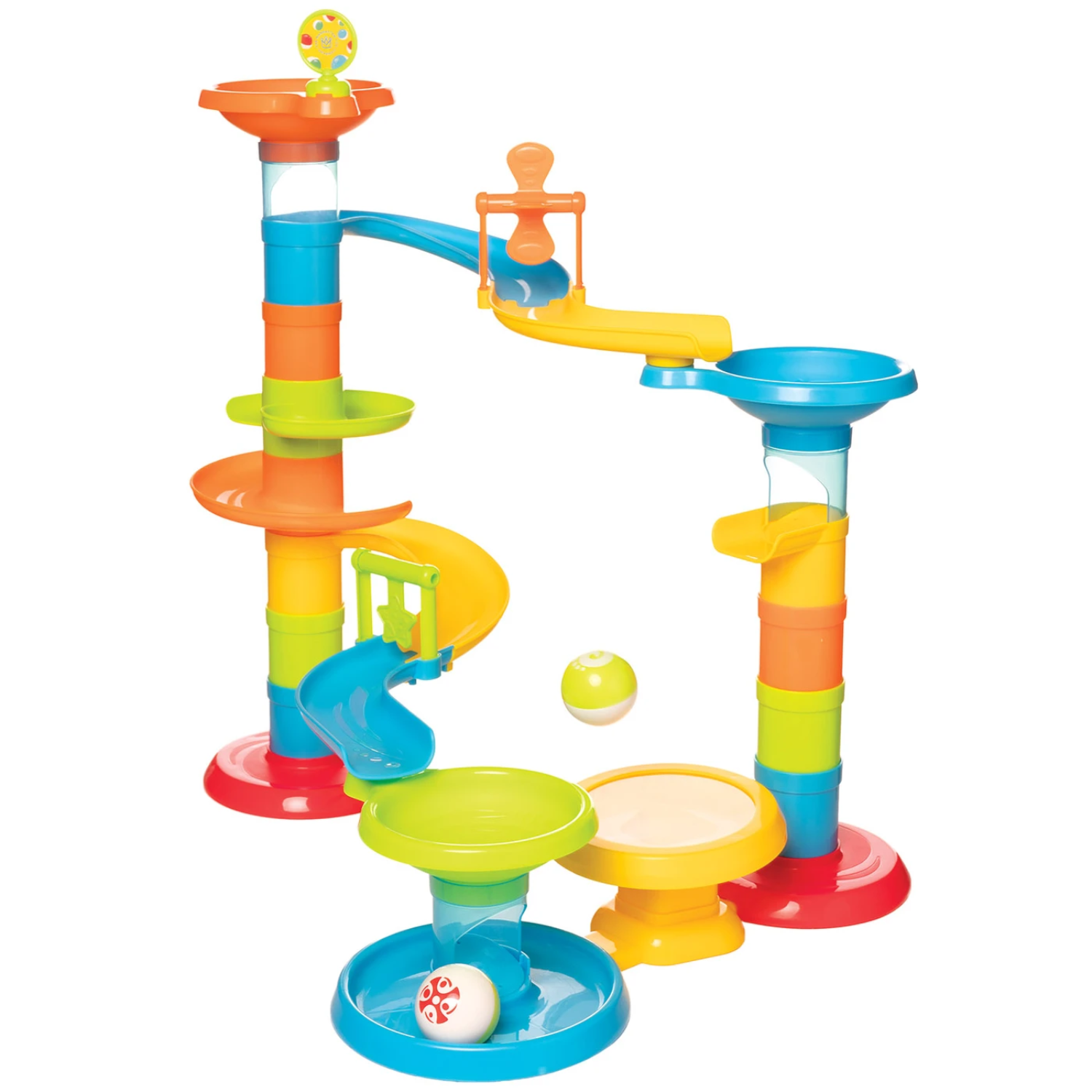
Netlify init # initialize a new Netlify project & deploy CI/CD
#Pop stacks install#
Npm install netlify-cli -g # to install the Netlify CLI tool globally Then install the Netlify CLI tool and run netlify init. Deploy from the Command LineĬlone this repo with the git clone command. Want to deploy immediately? Click this buttonĬlicking this button will start the setup for a new project and deployment. This stack has the Netlify configuration file (netlify.toml) that contains all the information needed to deploy your project to Netlify's edge nodes. Lastly, you will need to go to 'Authentication and Settings', and switch off "Enable email confirmations" for the project You can copy these over to the SQL Editor and click the 'Run' button user įor each row execute procedure public. trigger the function every time a user is created drop trigger if exists on_auth_user_created on auth. Security definer set search_path = publicīegin insert into public. inserts a row into ers create or replace function public.handle_new_user() Updated_at timestamp default current_timestamp, Id uuid not null default uuid_generate_v4(),Ĭreated_at timestamp default current_timestamp, Create public notes table create table public.notes ( Create public profile table that references our er create table public.profiles (Ĭreated_at timestamptz not null default current_timestamp, Here are the SQL queries used in the K-pop Stack In your Supabase project dashboard, you can find the SQL Editor here It will take some time for the project to be fully scaffold so you will need to wait before the next steps.
#Pop stacks password#
Next you will need to name the database and makes sure to save the password you select, then you will want to choose a region closes to you You can sign up with Supabase with your GitHub credentialsĬreate a new project on the 'Project' page Or you can add it to your Netlify project environment variables (Site settings/Build & deploy/Environment) as shown in the Development section so that they can be easily shared with teammates. env.sample) which will not be committed publicly because it is added to the. You can add your environment variables to an. You will need these 2 environment variables to connect to your Supabase instance:įound in Settings/API/Project API keys See screenshotįound in Settings/API/Configuration/URL See screenshot This project uses Supabase for data storage and user authentication. creating users, and logging in and out.The main functionality is creating users, logging in and out, and creating and deleting notes.
#Pop stacks full#
This is a pretty simple note-taking app, but it's a good example of how you can build a full stack app with Remix and Supabase. Due to how the Netlify CLI builds the Remix App Server, it does not support hot module reloading. Note: When running the Netlify CLI, file changes will rebuild assets, but you will not see the changes to the page you are on unless you do a browser refresh of the page. share a live session via url with netlify dev -live.Fixed Size Stack: As the name suggests, a fixed size stack has a fixed size and cannot grow or shrink dynamically.So, it can be simply seen to follow the LIFO/FILO order. the plate which has been placed at the bottommost position remains in the stack for the longest period of time. The plate which is at the top is the first one to be removed, i.e. Consider the simple example of plates stacked over one another in a canteen. There are many real-life examples of a stack. ISRO CS Syllabus for Scientist/Engineer ExamĮnd procedure Understanding stack practically:.ISRO CS Original Papers and Official Keys.GATE CS Original Papers and Official Keys.DevOps Engineering - Planning to Production.

#Pop stacks android#


 0 kommentar(er)
0 kommentar(er)
